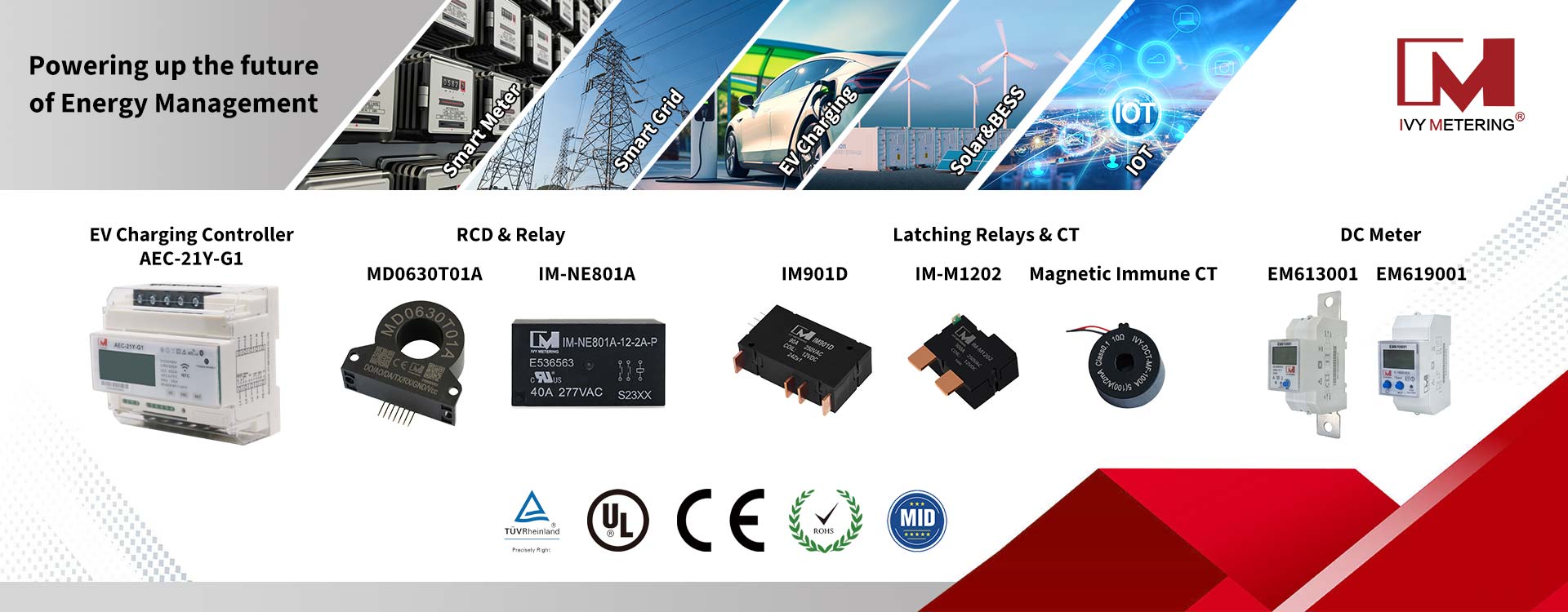The importance of RCD protection in leakage hazards
The positive leakage of the battery DC bus is fed back to the AC side to form a circuit. This unexpected DC current will affect the whole system. If we simulate the equivalent circuit, we will find that the whole charging current is distorted, resulting in the reduction of charging efficiency and even the service life of the battery. More seriously, if the PE line is disconnected and the grounding wire is missing, this part of the current may pass through the human body and cause harm to the human body. If the DC current enters the power grid, the consequences will be unimaginable and will harm the whole distribution network. Therefore, when DC leakage occurs, the circuit must be disconnected, the device must be checked, and the function of detecting leakage and disconnecting the circuit is naturally completed by the residual current protector (RCD).
In the IEC 61851-1-2017, the protection requirements for residual current are: each AC connection point shall be separately protected by residual current equipment (RCD), the RCD protecting each connection point shall at least meet the requirements of type a RCD, and its rated residual working current shall not exceed 30mA. When the EV charging point contains a socket or vehicle connector conforming to IEC 62196, additional protection measures need to be taken for smooth DC fault current. The leakage current protection for it should be at least type B or type A, and can be separated when the current exceeding 6mA / DC is detected.
To understand why to detect smooth DC 6mA, we need to start from standard and safety. The essence of leakage current protection of charging pile is introduced in iec61851 standard, namely "protection against electric shock". Neither domestic safety standards nor foreign safety standards set smooth DC 6mA as human body safety protection current, because such a small current would not cause harm to human body. The reason for detecting it is also very simple. The excessive existence of smooth DC component will lead to the early saturation of type a magnetic ring, and finally lead to the inaccurate detection of AC Leakage by type a leakage protection.
Resistance requirements of different leakage protection to smooth DC leakage in international specifications:
1) Type AC: it cannot be detected in the environment with smooth DC leakage
2) Type A: it can only work in the environment with smooth DC leakage less than 6mA
3) Type F: it can only work in the environment with smooth DC leakage less than 10mA
4) Type B: sensitive to smooth DC leakage
5) Type B+: Tripping conditions for type B+ residual current protection devices are defined at up to 20 kHz
Therefore, it is very necessary to detect and protect the smooth DC 6mA based on the theoretical inspection of type A, because the leakage protection of type A is not designed for the scene of AC pile, and excessive smooth DC components can lead to the blindness of type a leakage protection. So it is need to patch this detection to the bug.
Type B is already a complete comprehensive coverage leakage protection measure. It is sensitive to smooth DC leakage and does not need to be patched. If it is added, it will increase the misoperation probability of leakage protection during electric vehicle charging because the protection value of smooth DC 6mA is really very small.












